Teach your child, or students, about the consequences of oil spills in our oceans, with this oil spill clean up experiment for kids. A great introduction to environmental science experiments for kids.
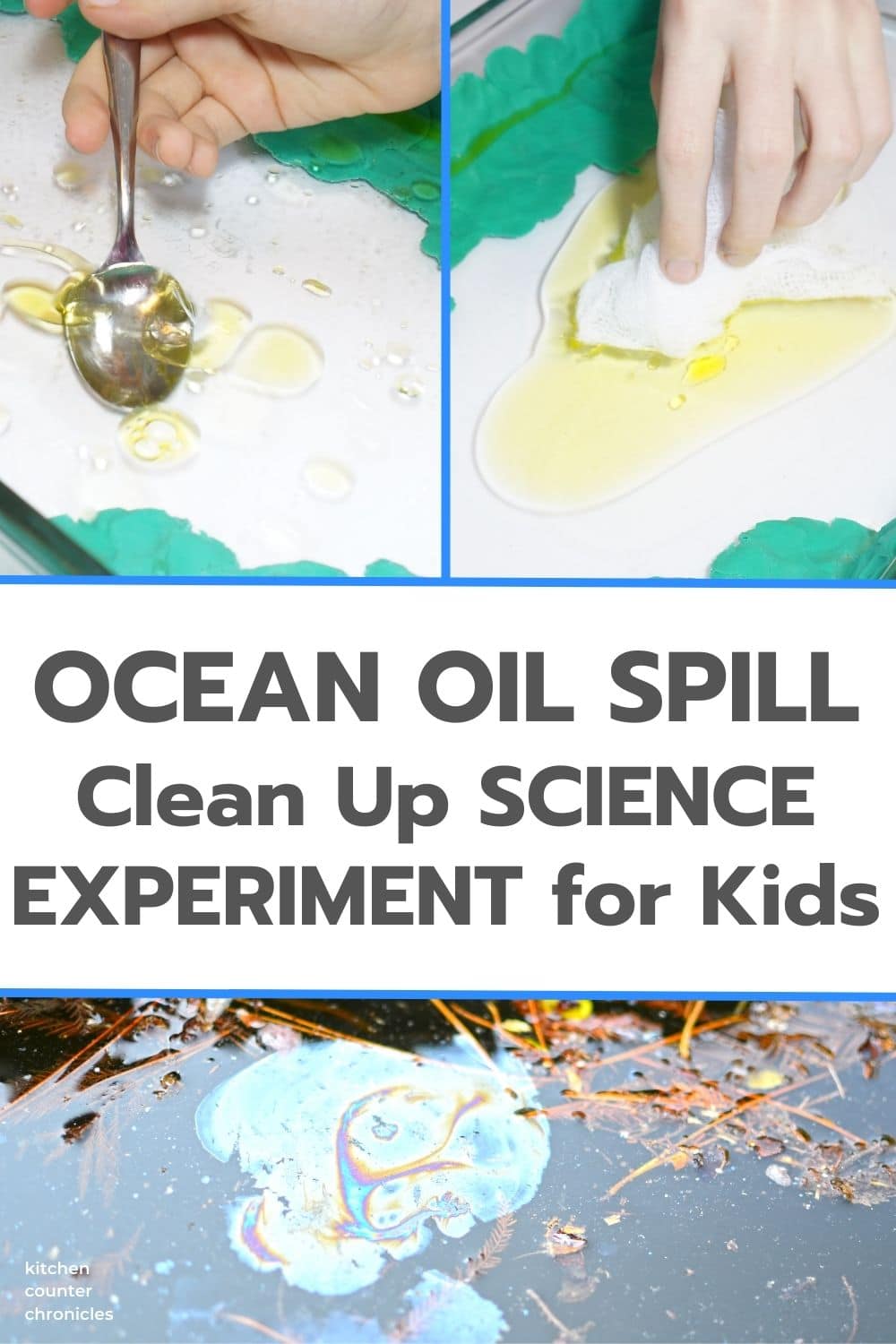
Disclosure: There are Amazon Affiliate links in this article which means, at no additional cost to you, we could receive compensation for our recommendations. You can read our full disclosure policy on our Disclosure Page for more details.
We love book inspired activities. Over the years books have inspired the food we eat, the gardens we grow and so many crafts. This week we are taking inspiration from a book to explore the environment and science.
Table of contents
After reading the book "Harriet's Home at the Sea" by Evelyn Wang, we were inspired to create our own oil spill clean-up experiment. When Harriet's ocean community is impacted by an oil spill, how can she possibly help? What could we do to help clean up an oil spill?
Impact of oil spills
Our oil spill experiment began with a discussion about the consequences of an oil spill on the environment. We discussed how oil can hurt birds, making it so that they cannot fly or swim. We discussed the negative impact an oil spill can have on the shoreline habitat of many plants, animals, and fish. Birds and animals nest and live in the marshy shoreline and the oil can destroy their homes.
If they can't nest then there won't be another generation. We thought about the plants in the water and on the shore and that the oil can hurt as well. These are a few of the negative impacts of an oil spill on the environment. So, we determined that the most important thing was to stop the oil from spreading and reaching the shoreline.
Hypothesis
Following our discussion, we made the hypothesis that we wanted to test in our science experiment. We came up with three possible tools to help clean up an oil spill - absorb, remove, or clean. We put our ideas to the test.
Oil Spill Clean Up Experiment for Kids
green modeling clay
water
large container (9" x 13" glass cake pan)
cooking oil (we used olive oil)
ocean toy animal
cheesecloth
dish soap
spoon
Create the oil spill
First, inside of a large glass cake pan we created our environment. The girls used the green clay to make landmasses in our large container. We were trying to create a space with land and water...as our oil spill would take place on the water.
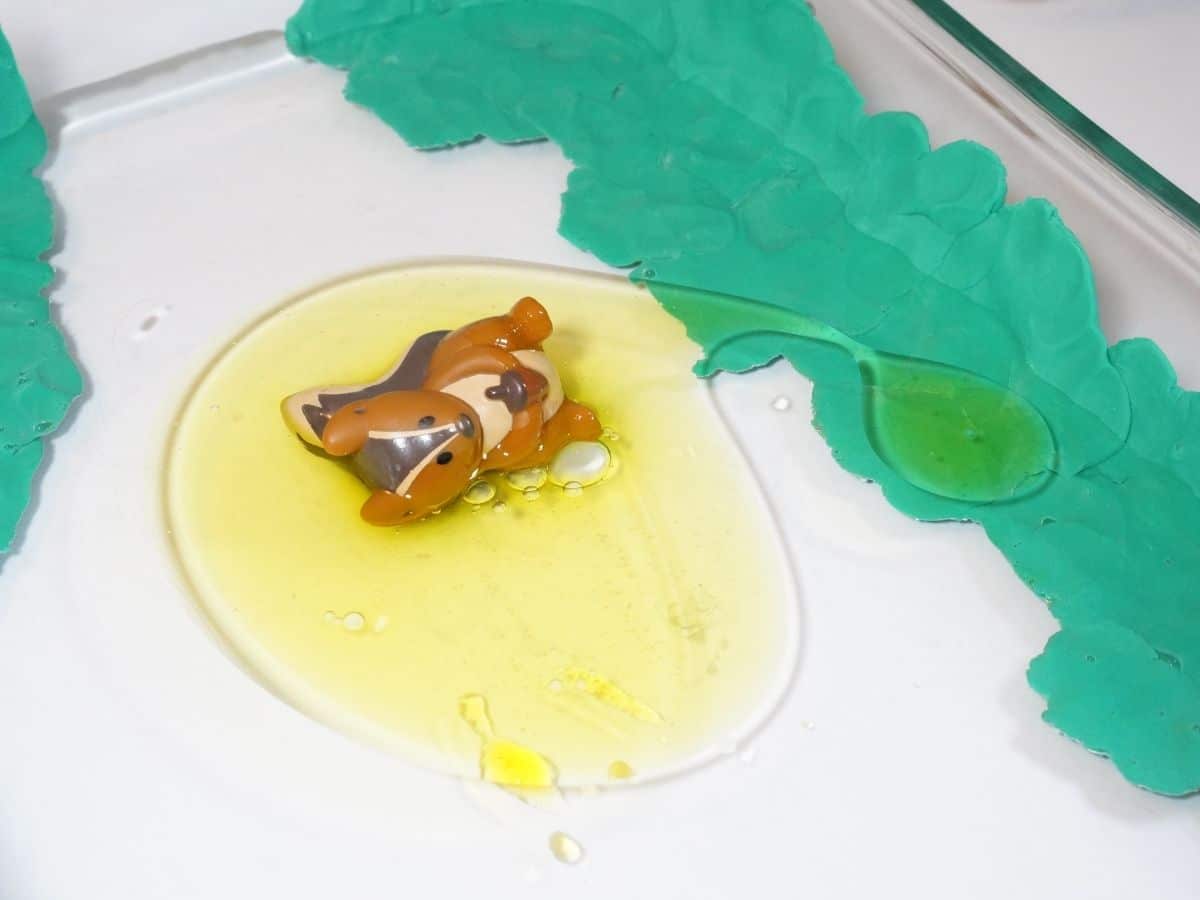
We then poured in an inch or two of water. Then it was time for the oil spill. We poured about 2 tablespoons of olive oil into the center of the water and observed the oil for a few minutes. The oil slowly spread across the water.
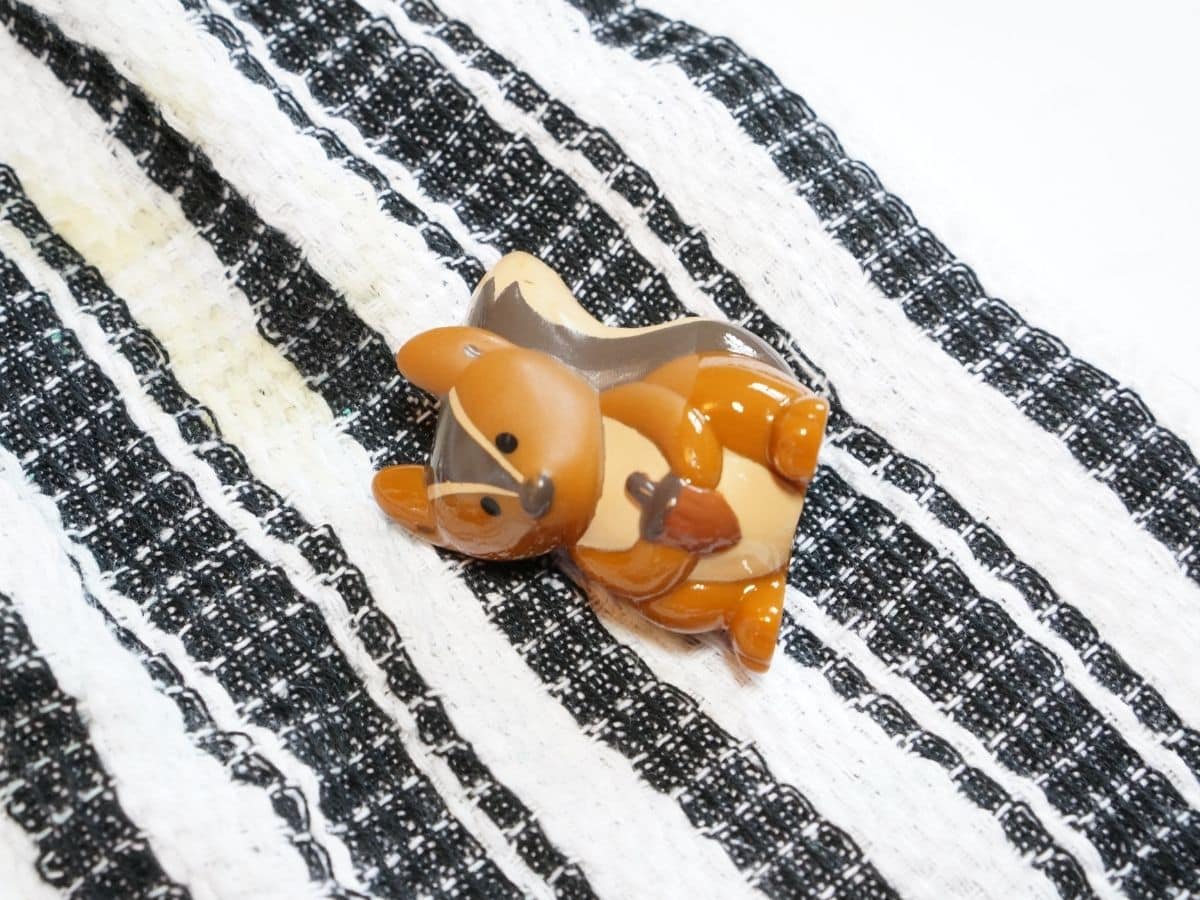
When we placed our animal in the oil, it was immediately covered in oil and the oil started to spread even further. We reached in and pulled the animal out of the oil. Our little animal was coated in oil. After only being in the water for a few moments - it was already covered in oil.
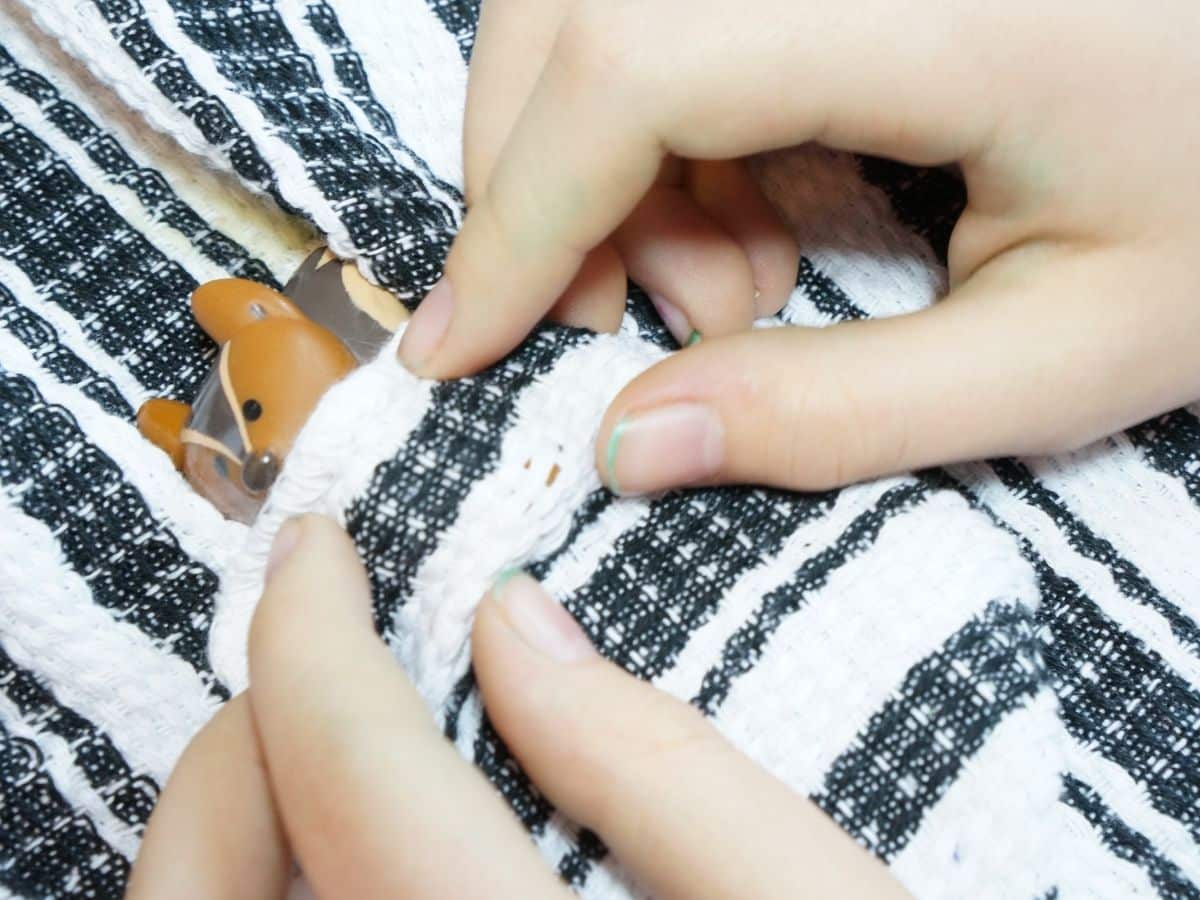
We rinsed the animal with running water, but he was still slippery. So, we had to use dish soap to totally clean our little animal. When we set our animal down to dry, it was time to tackle cleaning up the oil in the water.
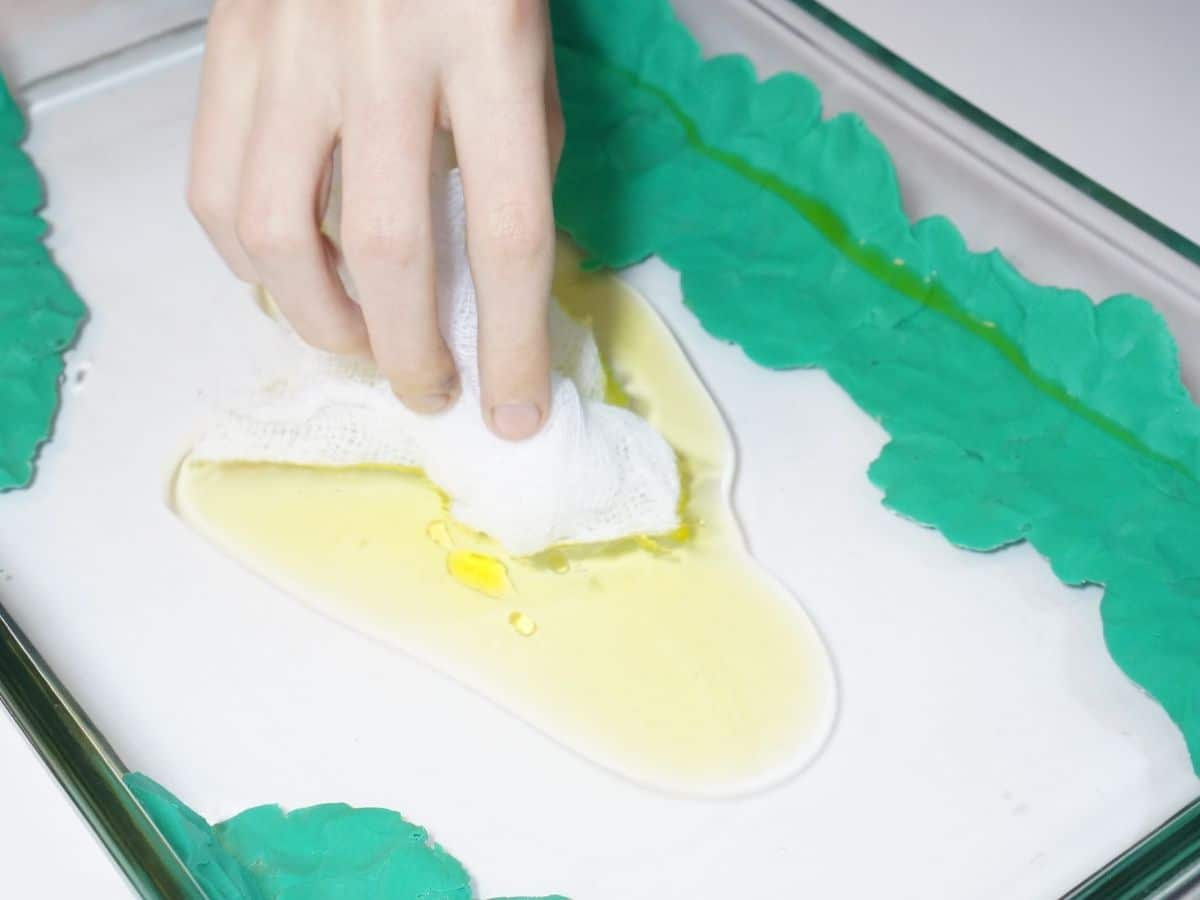
Testing
Absorption
We started our clean-up with a piece of cheesecloth. We thought the cheesecloth would absorb the oil. While it did absorb the oil, it also spread the oil further around the container. The oil started heading for the shoreline.
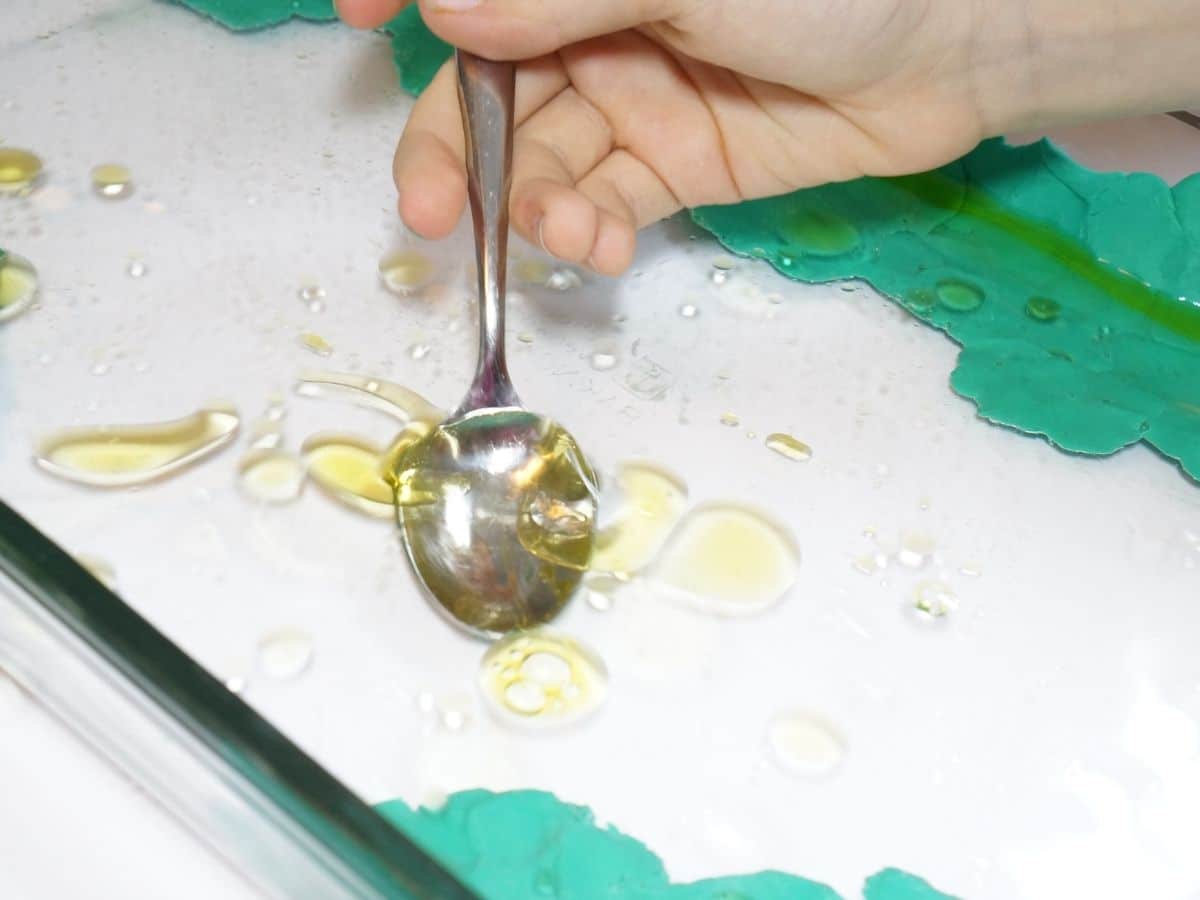
Removal
Next, we tried to scoop out the oil with a spoon. We thought this would be a good way to remove the oil. It was really hard to scoop the oil since the oil kept moving whenever the spoon got close to the oil. The oil was spreading even further as the spoon disturbed the oil.
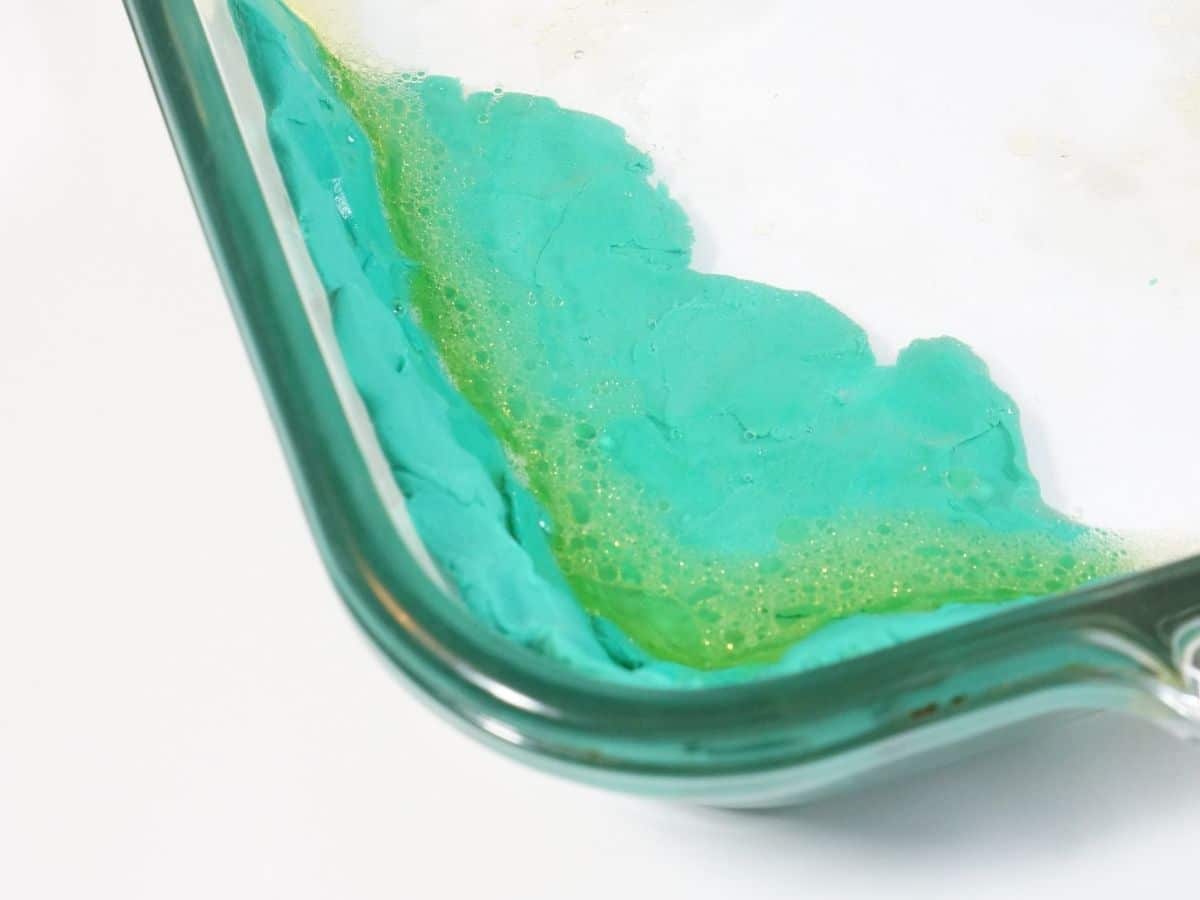
Clean
Finally, we tried to use dish soap to actually clean the oil out of the water. The dish soap did move the oil, but it took a LOT of dish soap to move the oil. We thought that maybe the impact of the soap would be as bad as the oil if we needed to use so much of it.
So, what were our oil spill experiment observations?
- the cloth did a pretty good job absorbing the oil
- the spoon was helpful as well but disturbed the oil
- the soap didn't really help and it meant we added more chemicals to the water
How to clean up an oil spill in the ocean?
After doing a little online research we learned that absorption and removal are the approaches that are used when dealing with actual oil spills in our environment. Scientists are working on some very cool inventions for oil spill clean-up. For instance, using milkweed to absorb oil and using floating vacuum cleaners to remove the oil.
Commonly, the first step in cleaning up an oil spill is to contain the oil and stop it from reaching the shoreline. The shoreline is a vulnerable environment, often housing plant life and animal life that can be destroyed by the oil. Boats will tow large booms around the oil spill, containing the oil. Then a skimming device will be used (much like our spoon) to remove as much oil as possible.
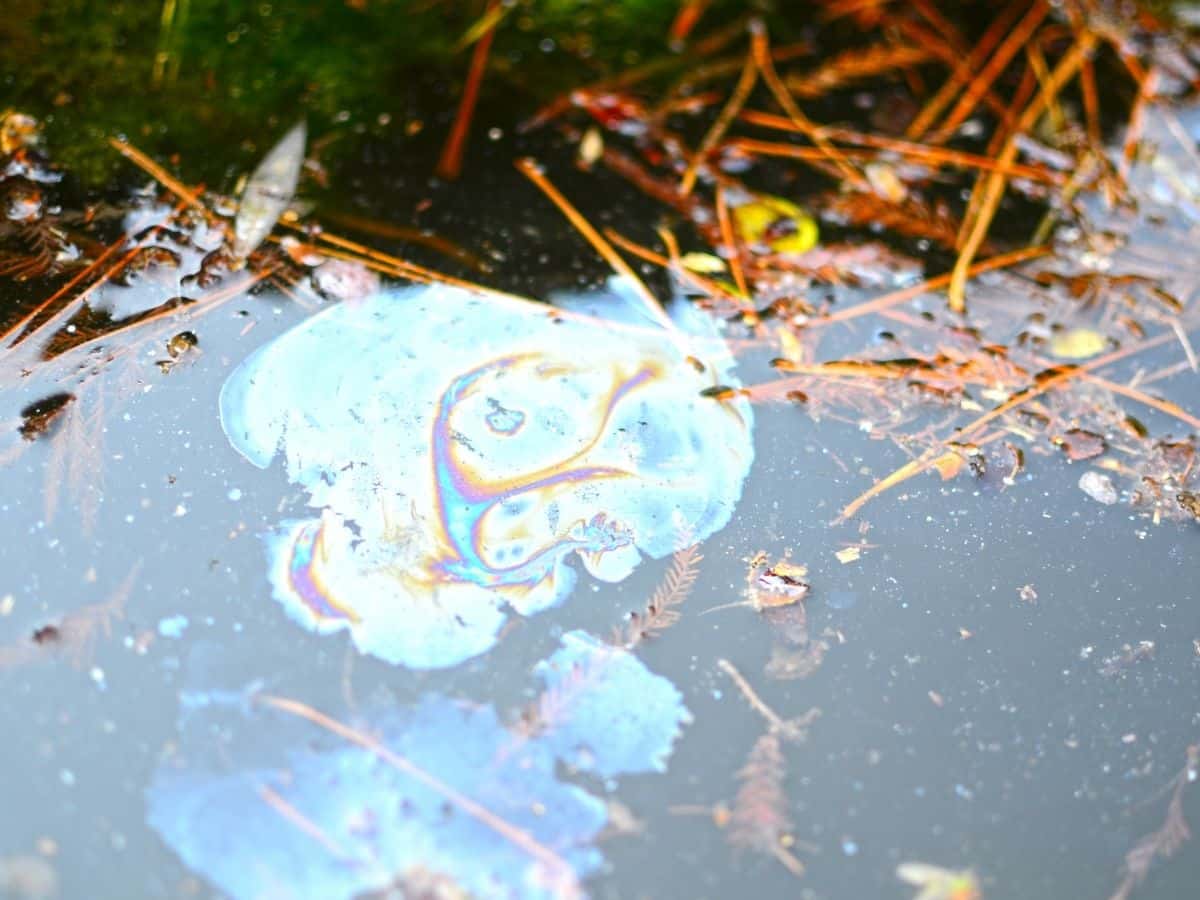
Depending on what the spill is made from, they will even burn the oil to try and remove it from the water. Imagine burning oil in the ocean!?
Finally, much like our soap when they have removed as much of the spill as possible they will add a chemical to the oil patch and it will help to disperse the remaining oil. That's a whole lotta work to clean up an oily mess in the ocean.
What household items would you try to use to clean up an oil spill? An oil spill experiment would make a great science fair project for kids. If you try your own experiment, share how the results of your oil spill experiment in the comments below. I'd love to know what conclusions you came to.
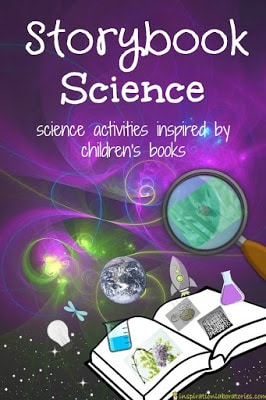
Today's post is part of the Storybook Science series being hosted by Inspiration Laboratories. The theme this week is EcoSystems and the Environment. Head over and check out all the amazing books, activities, crafts and experiments being shared.
Related Posts
Check out these cool environmental science experiments for kids
Have fun with our awesome collection of Earth Day activities for kids
Make sure you are following along...
FOLLOW KITCHEN COUNTER CHRONICLES ON
SUBSCRIBE TO KITCHEN COUNTER CHRONICLES TO HAVE OUR DELICIOUS RECIPES, FUN CRAFTS & ACTIVITIES DELIVERED DIRECTLY TO YOUR INBOX.

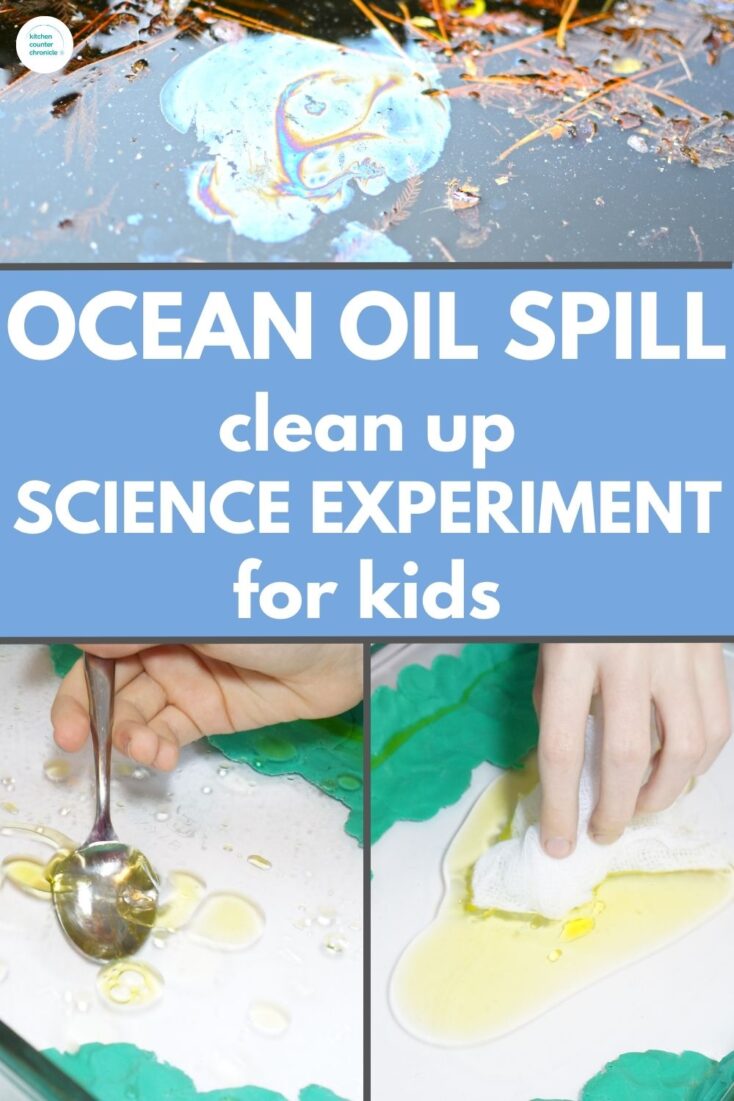
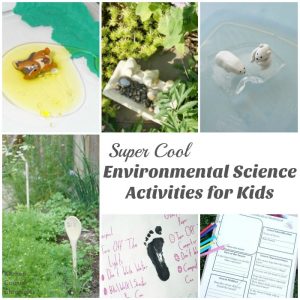
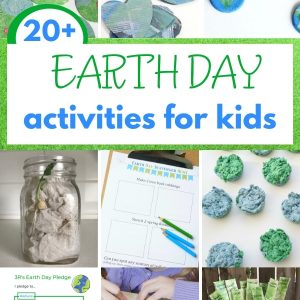
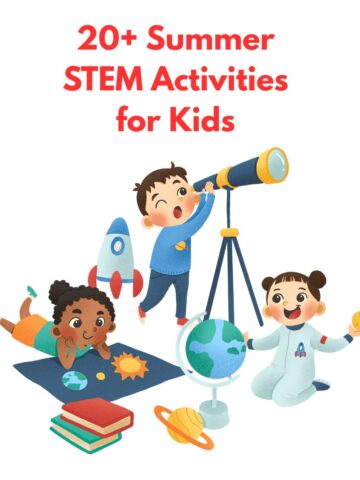
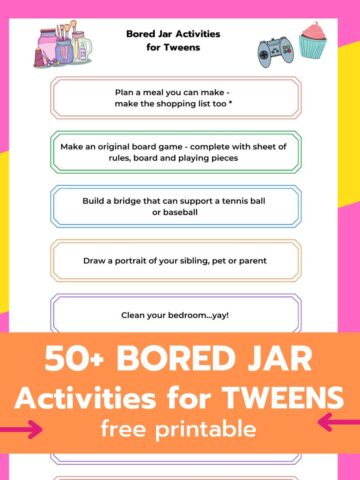
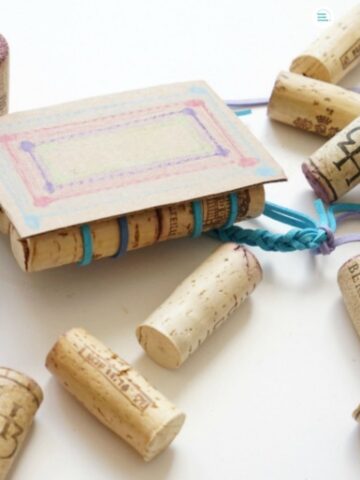
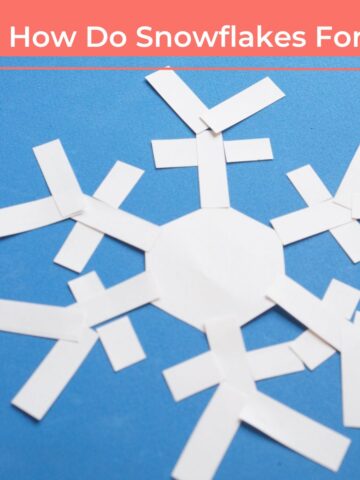
Trisha @ Inspiration Laboratories says
This is a great way to show how oil affects marine life. It's really hard to clean up. We haven't read Harriet's Home at Sea, so we'll need to add to our reading list!